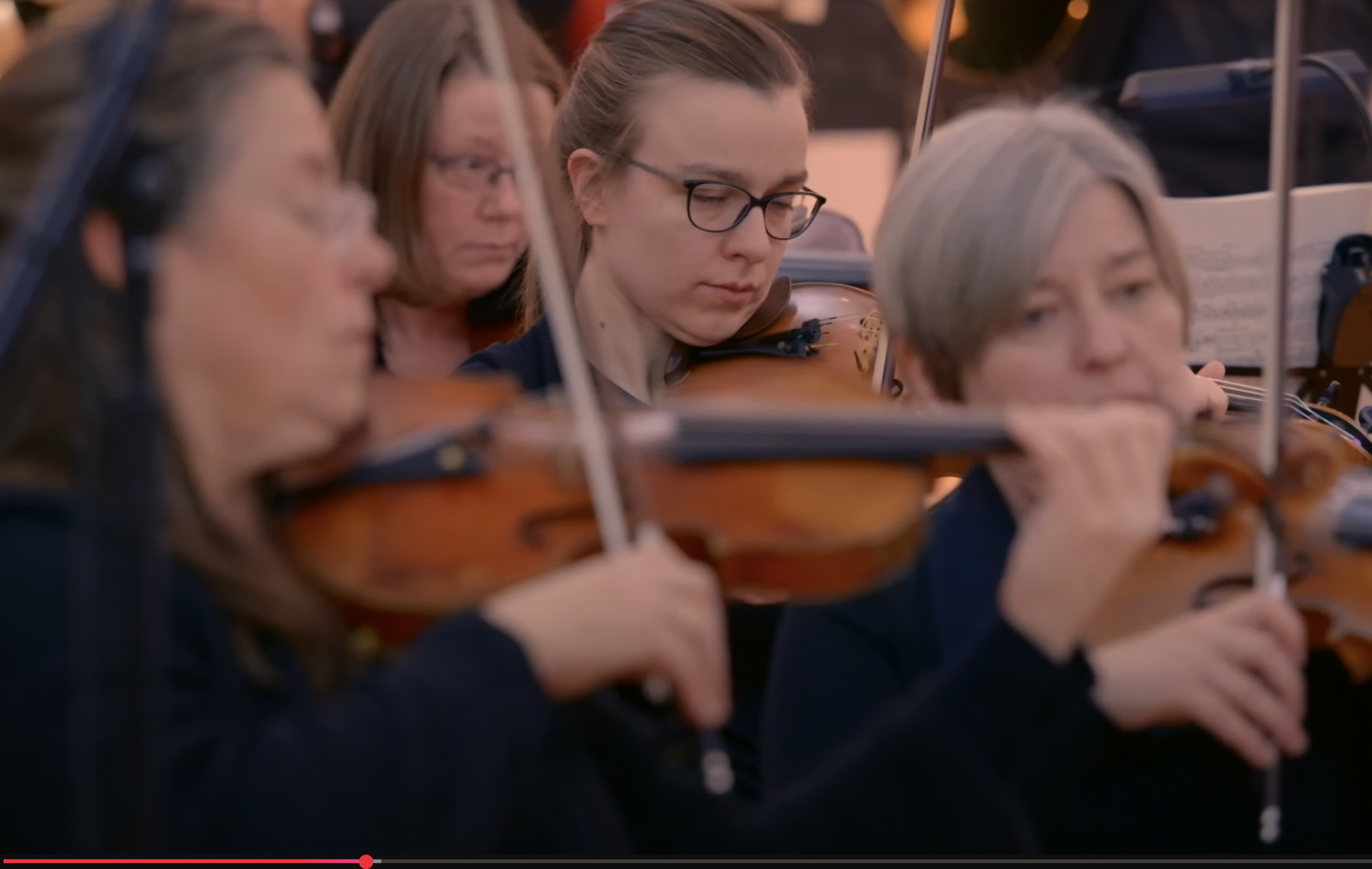Support our work – click here to donate
Want to view the full video?
You need to be an ESO Digital Supporter to view the full content. Please click here for more information, or sign in to your account below if you’re already registered.
Already a supporter? Click here to log in.
Programme
Adrian Williams Symphony No.1
Artists
English Symphony Orchestra
– Click to view the Orchestra List
Conductor: Kenneth Woods
About the Symphony – An Introduction from Adrian Williams

Adrian Williams
My first symphony began its life during the spring of 2018 following a request from Kenneth Woods for a work for the English Symphony Orchestra’s 21st Century Symphony Project. The basic score was completed towards the end of the following year but continued to undergo quite a few changes almost until its recording in December 2021.
Follow the Score
Reviews
Adventures in Music - 25th March 2022
Colin Anderson
https://jarijuhanikallio.wordpress.com/2022/03/25/the-eso-and-woods-unveil-adrian-williamss-astounding-symphony-no-1/
The latest installment in the English Symphony Orchestra’s marvellous online series with their Chief Conductor and Artistic Director Kenneth Woods presents us with a tremendous premiere recording of Adrian Williams’s stunning Symphony No. 1 (2018-21). Commissioned by Woods and the orchestra, as a part of their 21st Century Symphony Project, the score was, for the most part, written in 2018-2019, followed by a series of revisions carried out over the next two years.
Scored for an orchestra of duple winds, with piccolo and cor anglais added, four horns, three trumpets, three trombones, tuba, timpani, percussion, keyboards, harp and strings, the four-movement, fifty-minute symphony is an astounding affair; impressively devised both in terms of architecture and narrative.
The symphony is launched with a substantial, fourteen-minute Maestoso – Stridente first movement. Opening with a short introduction for violins and violas, and followed by a response from full orchestra, the movement is built upon two interrelated main themes, which keep recurring throughout the symphony. As the movement unravels, the musical material is transformed into the most spellbinding guises, taking some unexpected turns here and there.
Midway into the movement, there is a wonderfully meditative passage, where the textures are beautifully thinned down into almost Bernard Herrmann-like economy. From here, the music builds up to fully-fledged orchestral tapestry of extraordinary vividness, rounding off the movement with captivating intensity.
The second movement is a virtuoso scherzo, altering between 3/8, 4/8 and 5/8. There’s plenty of sardonic bite in the textures, as the musical lines venture throughout the orchestra. A case in point of ingenious instrumentation and intricate rhythms, the scherzo is a thrilling movement for start to finish.
In contrast to the tour-de-force scherzo, the slow movement, marked lento, is conceived as an extended lament of sublime intensity, rooted in the composer’s emotional response to the harrowing images of the wild fires in Australia. The movement opens with a mist-hued introduction for strings and clarinet, joined by solo cello, cor anglais, harp and trumpet. Airy flutes sound their calls over sustained strings, and the music almost comes to a standstill.
At the core of the movement, the opening material is developed into deeply moving instrumental statements of sorrow and contemplation, with anguished overtones. The most sublime passage for flute, cor anglais, harp and strings ensues, eventually landing on a double bass drone. Closing the slow movement, there is a simple but striking instrumental afterthought; a brief string passage, followed by a woodwind echo, evaporating into silence.
The symphony concludes with an astonishing seventeen-minute Finale. Opening with rumbling double-basses and contrabassoon, joined by full orchestra on the following pages, the music is awash with sonic energy. As the Finale proceeds, delicate textures take over, giving rise to a dream-like sequence, echoing the soundscapes of the previous movement. Reflective and translucent, the orchestra fabric builds up to terrific sonic fantasy, one of the absolute highlights of Williams’s score.
The contemplative mood is interrupted by murmuring bassoons and timpani, joined by agitated trumpet heralds. A vehement orchestral passage ensues, with tensions mounting alongside colliding musical lines. For a moment, the sonic storm seems to be cooling down into an elegiac passage, but that is not to be. Another formidable build-up ensues and the symphony closes with staggering waves of sound crashing against the rocks of a distant shore.
A powerful outing for a substantial symphonic statement, the ESO and Woods performance is one of gripping intensity and fine-tuned detail. There are beautiful solo passages beyond count, and the tutti sections present us with an orchestra of gorgeous sonorities. Compellingly shaped by Woods, the symphony’s dedicatee, the score is unraveled with extraordinary intensity and awe-inspiring beauty. A powerful addition to the 21st century repertoire, the unveiling of Adrian Williams’s Symphony No. 1 is one to remember and cherish.
Arcana.fm - 23rd March 2022
Richard Whitehouse
https://arcana.fm/2022/03/23/eso-adrian-williams-2/
The 21st Symphony Project, launched five years ago by the English Symphony Orchestra and Kenneth Woods, has seen several impressive premieres – with this First Symphony by Adrian Williams its most ambitious yet, whether in terms of underlying conception or overall impact.
Now in his mid-60s, Williams has been a notable presence – albeit on the periphery – of music in the UK for several decades (more information can be found via the web references below); his advocates including Raphael Wallfisch and the Amsterdam Sinfonietta. Regular listeners to the ESO’s digital concerts will have encountered his striking Chamber Concerto ‘Portraits of Ned Kelly’ and intricately wrought eloquence of Migrations for strings; aspects from both resurfacing here, if on a considerably larger scale and exuding correspondingly greater force.
Playing almost 50 minutes and scored for a sizable orchestra including triple woodwind, five horns, four trumpets and four percussionists with harp, piano and celesta, the present work is evidently a summation of where its composer has reached over the course of his musical (and likely extra-musical) odyssey. Not that there is anything gratuitous or self-indulgent about the outcome; indeed, for all its formal complexity and emotional reach, this is music created out of inherently basic motifs – its initial three notes and their rearrangement generating the first movement’s main themes as well as outlining a long-term tonal trajectory which, though not pursued as systematically as in the earlier symphonies of Robert Simpson, remains as a focus throughout the intervening activity and the focal-point toward which such activity is directed.
From its imposing Maestoso epigraph, the opening Stridente unfolds against the background of, without thereby adhering to, sonata-form principles – its motivic components drawn into a continuous and frequently combative evolution necessarily left unresolved at the close. There follows a Scherzando that eschews ternary design for a through-composed format proceeding by tension and release to its decisive ending. To say the ensuing Lento is the expressive crux of this work might detract from the plangent, desolate tone of music whose frequently sparse textures and elliptical harmonies re-affirm that ‘less is more’. Despite its Energico marking, the finale unfolds with slow-burning momentum made cumulative by channelling its motivic evolution towards a Dolente apotheosis whose outcome is as inevitable as it is transcendent.
An impressive piece in terms not only of ambition but also realization. There are considerable technical challenges on route, but these are met with conviction and no little resourcefulness by an expanded ESO often tested while never fazed during its eventful course. Woods directs with his customary discretion and an attention to detail that goes a long way toward clarifying music which feels ‘complex and luminous’ as much in spirit as by design. Whether or not the outer movements might yield greater panache could only be determined under live conditions.
It might also be noted the designation is no idle boast, Williams having been commissioned to write a successor the ESO will schedule at a future date. Even were it to pursue a wholly different course, the achievement of this First Symphony is one not likely to be diminished.
Colin's Column - 19th March 2022
Colin Anderson
http://www.colinscolumn.com/eso-digital-21st-century-symphony-adrian-williams/
I have been fortunate enough to have a preview listen. As played by the ESO and conducted by Kenneth Woods, Adrian Williams’s fifty-minute, four-movement First Symphony is very impressive – in terms of invention, structure, colourful orchestration, and depth of expression; music at once traditional and (without contrivance) accessible yet also very personal: a charged/fleet first movement; a dazzling/spectral Scherzo; a slow movement that hangs on a thread yet digs deep; and an ambitious Finale that grows (and glows) like a sunrise. I recommend the video (watchable from March 25) and look forward to the CD. Colin
Production Information
Recorded at Wyastone Concert Hall, Monmouth, 1st-2nd December 2021.
Producer: Phil Rowlands
Videographer: Tim Burton
Orchestra Manager: Simon Brittlebank / The Music Agency
Stage Manager: Rob Bull / The Music Agency

